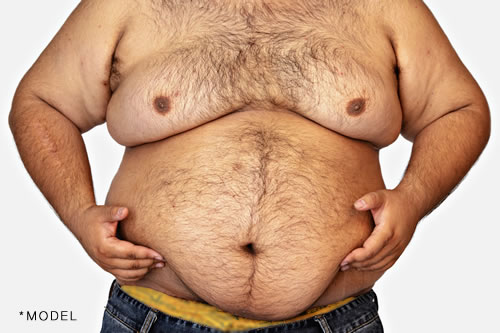MALE BREAST REDUCTION (GYNECOMASTIA) – LOS ANGELES
Plastic Surgery for Men. Everything you need to know about Male Breast Reduction (Gynecomastia) Procedures.
Sculpting the Male Chest
Many men present to a consultation, wanting to improve their chest, complaining of their “man boobs” or “MOOBS”. While pectoral augmentation can add volume to the chest, other procedures may be needed to help better define the chest and sculpt it to a more pleasing shape. In taking care of patients that present with excessively large chests or chests without sufficient definition, one frequently encounters gynecomastia and lipohypertrophy of the chest.
Gynecomastia
Gynecomastia is a benign proliferation of glandular breast tissue causing enlargement of the breast in males. At its heart, gynecomastia is an imbalance between estrogens, female hormones typically responsible for breast development, and androgens, which are male hormones that act in opposition. Gynecomastia can be caused by a variety of things but most commonly occurs because of drugs, malnutrition, hypogonadism, liver injury, hyperthyroidism, and kidney disease.
While breast cancer in males is quite rare, we recommend sending male breast tissue for pathologic evaluation as breast cancer in men accounts for approximately 1% of all breast cancers.


